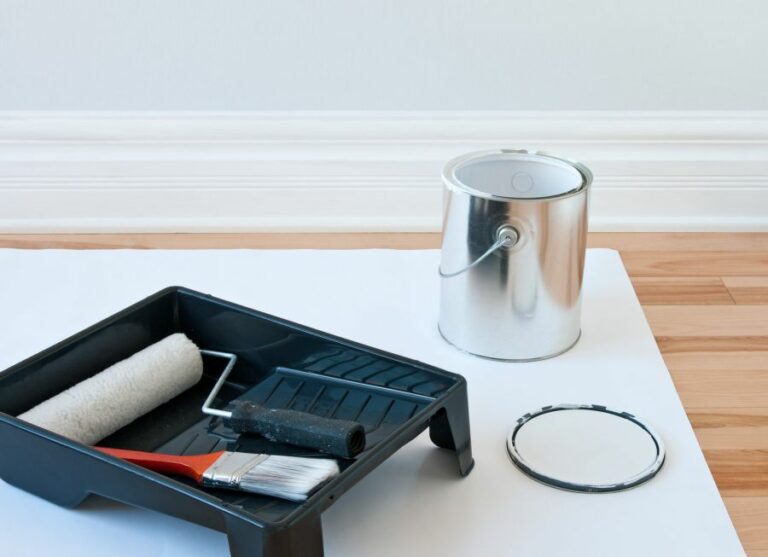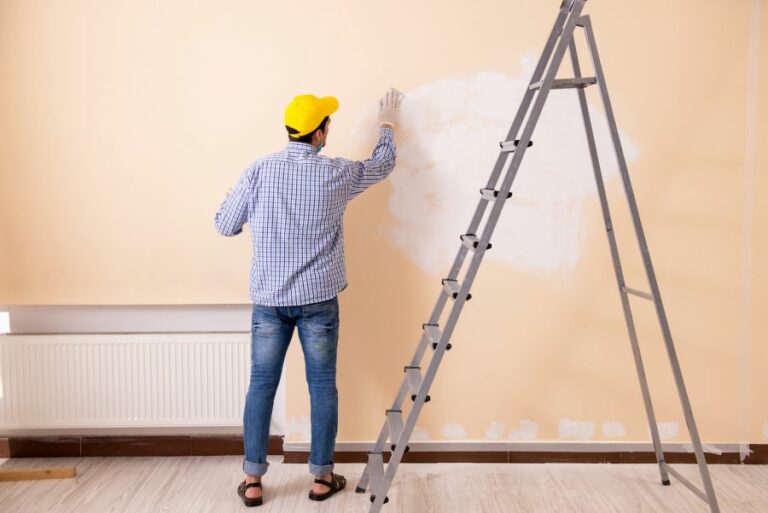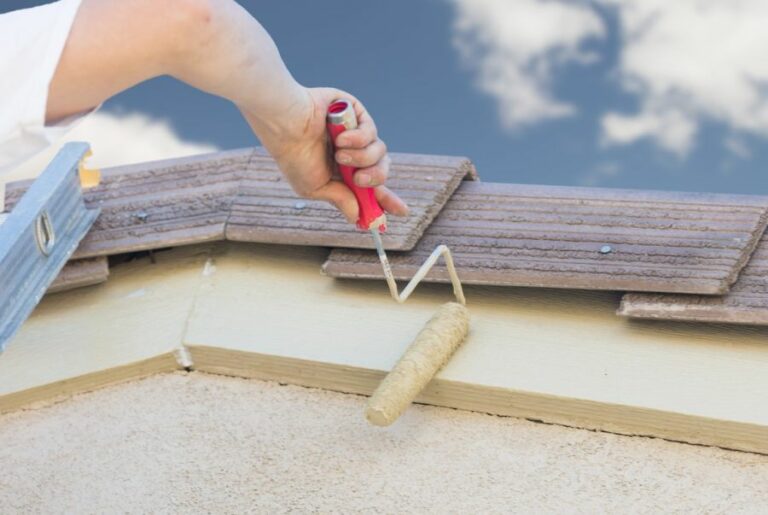Mending Holes And Smoothing Surfaces. What Pros Say
Have you ever found yourself constantly trying to fix things that always seem to break or become damaged? We’ve got your back! Mending holes and smoothing surfaces might seem daunting, but with the right knowledge and techniques, we can turn those imperfections into nearly invisible repairs. In this discussion, we’ll explore various methods and best practices to tackle common problems at home or work, from patching a hole in the wall to restoring a scuffed-up surface.
Mending holes & smoothing surfaces:
Mending holes and smoothing surfaces are crucial woodworking, metalworking, and pottery techniques. Repairing holes in wood can be done using wood filler or wooden plugs/dowels, while in metal, use metal filler or welding/soldering. To create smooth surfaces, utilize sanding, filing, scraping, and polishing methods according to the specific material.

Ready to transform worn-out items into something fresh and functional again? Discover various techniques to mend holes, smooth surfaces, and give your belongings a new lease on life. Read on to unleash your creative potential and indulge in some satisfying DIY!
Repairing Gaps & Refining Textures
Mending holes and smoothing surfaces are essential skills in various fields, including woodworking, metalworking, and even pottery.
• Repairing Holes in Wood
– Using Wood Filler
Wood filler is an excellent option to mend small to medium-sized holes in wooden surfaces quickly. It is a putty-like material and comes in various colors to match different wood shades. Here are the simple steps to use wood filler:
- Make sure the surface is clean and free of dust.
- Apply the wood filler using a spatula or putty knife. Press the material firmly into the hole.
- Overfill the hole slightly, as the filler may shrink when it dries.
- Allow the filler to dry according to the manufacturer’s instructions.
- Sand the filled area with fine-grit sandpaper until it is smooth and flush with the surrounding wood.
For a more durable repair on larger holes, consider using epoxy filler. This product has a longer drying time but offers greater strength and stability.
– Repairing with Wooden Plugs or Dowels
For larger holes, you may need to use wooden plugs or dowels to mend the damage effectively. These materials provide a stronger and more visually appealing repair. Here’s a simple guide to using wooden plugs or dowels:
- Drill a hole in the damaged area that matches the diameter of the plug or dowel.
- Apply wood glue to the sides of the hole and on the plug or dowel.
- Insert the plug or dowel into the hole and tap it gently with a mallet to ensure a snug fit.
- Wipe away any excess glue using a damp cloth.
- Allow the glue to dry overnight.
- Trim away any excess material using a flush-cut saw.
- Sand the repaired area with fine-grit sandpaper until smooth.
Recommendation: Choose a plug or dowel of the same wood species as the damaged area for a cohesive look.
• Repairing Holes in Metal
– Using Metal Filler
Metal filler, also known as metal epoxy, is an excellent choice for repairing holes in metal surfaces. It is a two-part adhesive with a putty-like consistency. Follow these steps to use metal filler effectively:
- Remove any rust, dirt, or loose material around the hole.
- Mix equal parts of the hardener and the adhesive as directed by the manufacturer.
- Apply the mixed metal filler to the hole using a spatula or putty knife.
- Smooth the filler to create an even surface.
- Allow the filler to dry according to the manufacturer’s recommendations.
- Sand the repaired area with fine-grit sandpaper or steel wool until it is smooth and flush with the surrounding metal.
– Welding or Soldering
For larger holes or structural repairs, welding or soldering may be the most suitable option. These techniques allow for a stronger and more permanent repair. It is advisable to consult a professional or gain proper training before attempting welding or soldering repairs.
• Smoothing Surfaces
– Sanding
Sanding is the most common method for smoothing surfaces, especially in woodworking. Here are some helpful tips on sanding:
- Start with coarse-grit sandpaper and progress to finer grits for the smoothest finish.
- Sand with the grain of the wood to avoid scratches.
- Use a sanding block to maintain consistent pressure and prevent uneven surfaces.
- Frequently remove dust from the surface to ensure optimal results.
– Filing
Filing is an excellent technique for smoothing metal surfaces. Utilize the appropriate file for the material and follow these tips:
- Hold the file at a slight angle to the workpiece and use consistent, even strokes.
- Push the file away from your body to remove the material effectively.
- Clean the file regularly to prevent clogging and ensure a smooth finish.
– Scraping
Scraping is another method to smooth surfaces such as wood and metal. A card scraper or cabinet scraper is ideal for woodworking, while a metal scraper works well on metal surfaces. The key to successful scraping is maintaining a sharp and properly prepared edge on the scraper.
– Polishing
Polishing is the final stage in creating a smooth and refined surface. Use polishing compounds, abrasive papers, or buffing wheels to achieve the desired finish on materials like metal, wood, and plastics.
In conclusion, mending holes and smoothing surfaces are essential techniques in various fields. With proper knowledge and practice, these skills will enhance the quality, durability, and appearance of your work.
Don’t be afraid to try different methods and experiment to find what works best for your specific needs.







